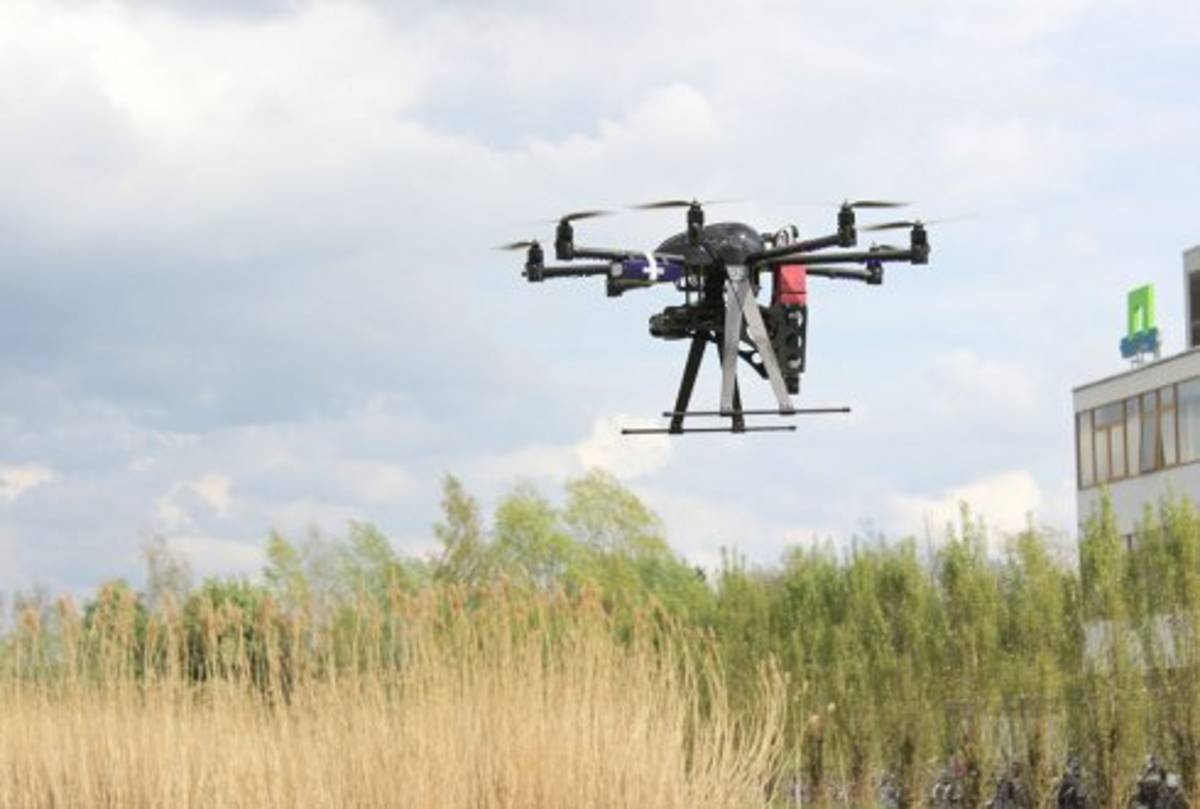The plant legacy effects where even more striking with respect to the chlorophyll concentration (and associated with that nitrogen concentration) in the oat leaves which increased with 72% with growth after the mixture of radish and vetch and decreased with 30% in oat grown after ryegrass.
<figure class="left align-with-text "><figcaption> Air footage by Juha Suomalainen </figcaption></figure>
Researchers and farmers are interested in methods by which plant legacy effects on subsequent crops can be quantified at high spatial and temporal resolution so that crop management becomes more resource use efficient. Recent remote sensing technology using drones enables non-destructive high resolution measurements at large spatial scales. However, little is known about at which scale and for which crop traits plant legacy effects in soil can be retrieved via remote sensing. In the paper by Van der Meij et al., the authors have tested which crop traits respond strongly to legacy effects of different cover crop monocultures and mixtures and how well these traits can be retrieved via remote sensing using a drone with a hyperspectral camera.
Van der Meij and colleagues found that overall the test crop oat showed strong responses to the legacy effects of the preceding cover crop treatments in terms of oat height, nitrogen and chlorophyll concentration and plant biomass. Moreover these in situ measurements could also be quantified adequately using remote sensing and with the advantage of larger spatial coverage, especially so for plant height and leaf chlorophyll concentrations.
<figure class="left align-with-text "><figcaption> Drone with camera by Lammert Kooistra </figcaption></figure>
Remote sensing
This knowledge helps researchers and farmers, because this new technology enables remote sensing of several important plant traits in a non-destructive way at high spatial resolution (10 cm) and can be easily repeated over the growing season. It thereby offers great potential for studying the impacts of pre-crop management on subsequent crop growth and for designing management strategies that optimize resource use for soil fertility and pest control. These technologies can thereby be beneficial for high intensive precision agriculture as well as for agriculture in countries that are still facing a large yield gap so that detection of local nutrient deficiencies and soil borne pest development is pivotal.
Links:
publication: http://www.biogeosciences.net/14/733/2017/
